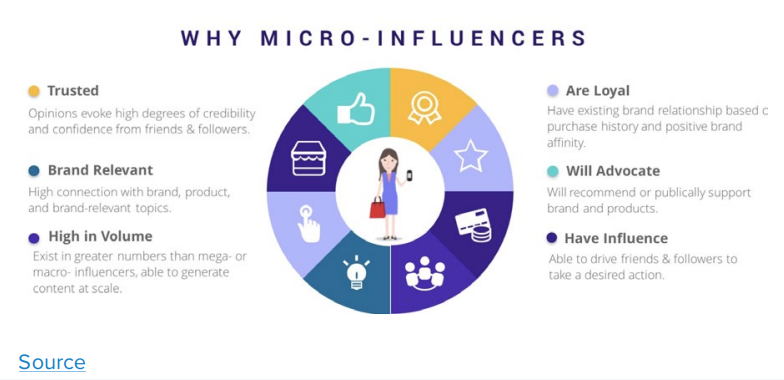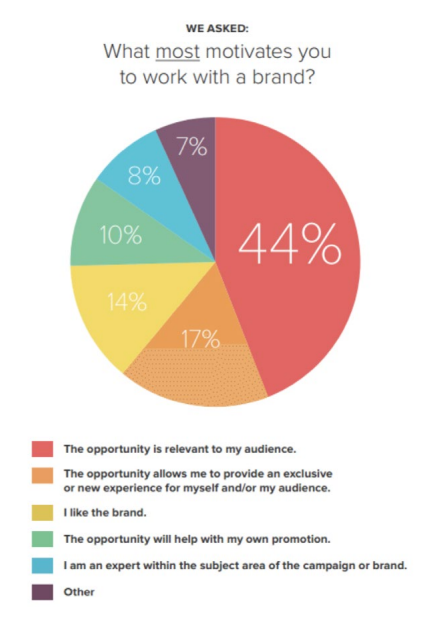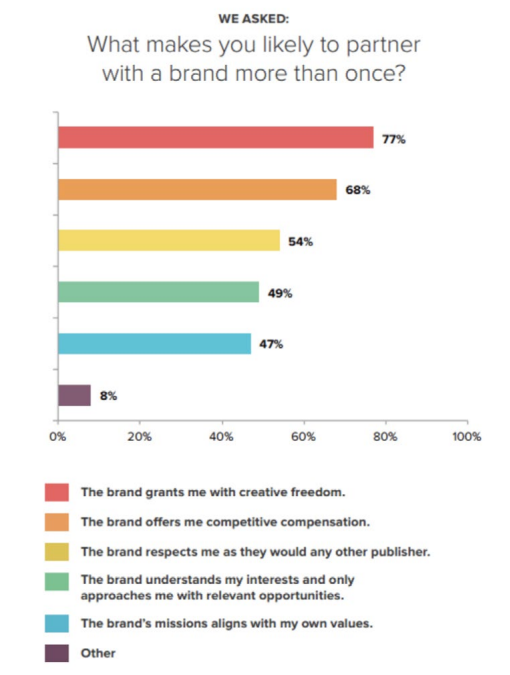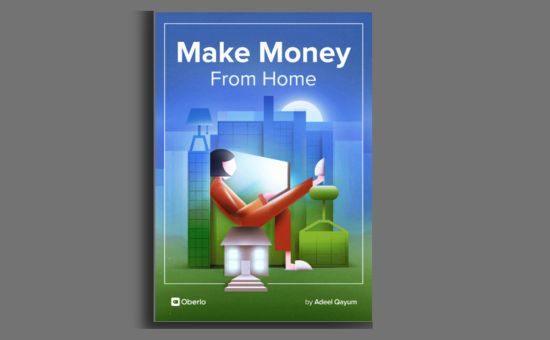Free Traffic: No-Cost Ways to Promote Your Online Store | Oberlo
E-Commerce & Retail
Congratulations on the launch of your new e-commerce store! Now, it’s time to drive traffic and boost sales.
If you’ve been researching, you’ve likely come across some generic advice on increasing traffic. Perhaps you’ve been advised to focus on search engine optimization (SEO), start a YouTube channel or Facebook page, or churn out quick blog posts and press releases.
While these marketing strategies can be effective, they often rely on idealistic assumptions and offer no guarantees of exposure. Who can guarantee that your SEO efforts will outrank your toughest competitor on Google? And how long might that process take?
That’s why we’re steering away from these broad, ambiguous strategies. Instead, we’re focusing on tactics that yield immediate results, without relying on hope or uncertain timelines.
This ebook is packed with actionable tactics, strategies, and approaches to help you connect with your target audience. We’ll provide realistic timelines for planning and measuring your efforts, networking strategies to foster strong industry relationships, and the specific skills needed to execute these ideas successfully.
No idealism. No nonsense. Just hard work.
With dedication, time, and the right team, you can achieve remarkable growth in traffic and revenue in under a year – potentially surpassing the lifetime achievements of many emerging e-commerce brands.
Identify Potential Partnerships
Search engine optimization (SEO) often requires several months before yielding significant traffic from qualified visitors. Meanwhile, social media ads can be costly and pose a challenge for many store owners to set up and manage without professional assistance.
Now, I’m not implying that tactics like SEO and paid advertising on platforms such as Facebook Ads and Google AdWords are ineffective. On the contrary, they can deliver remarkable results, and many e-commerce store owners leverage these advanced strategies to drive substantial traffic and sales. If you’re unfamiliar with these tactics, I highly recommend delving deeper into them. You can start with our beginner’s guide on Facebook advertising.
However, it’s worth noting that most online marketing methods demand both investment and considerable time for research, implementation, and optimization, with no guaranteed outcomes even after this effort.
But there’s another facet to marketing beyond solely relying on paid traffic. Additionally, many new business owners can’t afford to wait months to elevate their companies nor have the financial means to sustain a prolonged Facebook marketing campaign.
So, what’s the solution? Drive organic traffic strategically by collaborating with online influencers.
In essence, influencers are individuals, groups, or companies with significant social influence in your industry and niche. They possess a substantial online following, can capture people’s attention, initiate conversations, and foster strong engagement on their platforms. When influencers speak, their audience listens.
Influencer marketing, currently a popular and effective trend, involves partnering with influencers to promote your store. This collaboration could involve sending them samples or cross-promoting their work, ensuring mutual benefits.
Before diving into influencer marketing strategies, it’s crucial to identify influencers whose goals, audiences, and engagement levels align with your brand. Once identified, reaching out to them effectively is essential to convey the value of the partnership opportunity without being dismissed as spam.
To discover fruitful influencer marketing opportunities, you’ll need to explore various online platforms where your ideal audience congregates. These platforms could range from other e-commerce stores for potential partnerships to specific LinkedIn groups or dedicated subreddits.
A critical aspect to consider is avoiding high-traffic influencers who might demand payment upfront instead of nurturing a genuine partnership. Instead, focus on ‘micro-influencers’ and ‘up-and-comers.’
In this chapter, we’ll delve into the main types of online influencers, their key attributes, methods to brainstorm suitable influencer marketing strategies for your brand, and approaches to initiate and cultivate relationships with them.
Understand Different Types of Online Influencers
To effectively secure influencer marketing agreements and optimize your time, it’s crucial to pinpoint the right opportunities with the right individuals. This underscores the significance of thorough initial research.
Firstly, we’ll delineate the various categories of online influencers and the unique advantages they offer to different types of e-commerce ventures. This perspective will enable you to pinpoint specific individuals to collaborate with and precisely how your brand stands to benefit.
Target Micro-Influencers and Emerging Personalities
You’ve likely encountered the term ‘influencer’ primarily about prominent figures within an industry or niche. This definition has been widely accepted, often portraying a sense of dominance and authority.
While these influential figures undeniably wield significant sway and can contribute to your traffic growth, their interactions often resemble paid advertising—essentially a one-sided dissemination of your brand based on financial capacity.
When seeking a more grassroots approach that doesn’t entail hefty expenditure to ride on the coattails of a celebrity’s fame, it’s more prudent to focus on micro-influencers and emerging personalities.
Micro-influencers: These individuals possess a highly specific niche audience with a comparatively modest follower count (typically under 25,000) yet boast remarkably engaged followers.
The combined strengths of micro-influencers not only attract audiences but also incite action. This could explain why a staggering 82% of consumers are highly likely to heed recommendations from micro-influencers, making them prime candidates for influencer marketing partnerships.
In contrast to celebrities and renowned influencers who often demand monetary compensation for endorsements, micro-influencers exhibit genuine affinity for the brands they collaborate with. An industry survey revealed that content creators consider various factors when aligning with brands.
The infographic below illustrates the rationale behind opting for collaborations with micro-influencers over mega social media personalities:

Together, these attributes empower micro-influencers not only to draw in audiences but also to prompt them to take action – a possible explanation for the fact that 82% of consumers are highly inclined to follow recommendations from micro-influencers. This underscores the suitability of micro-influencers as ideal partners for influencer marketing initiatives.
In contrast to celebrities and renowned influencers who typically anticipate monetary compensation for endorsing brands, micro-influencers genuinely harbor affection for the brands they associate with. A survey within the industry revealed that content creators assess various factors when considering collaborations with brands. Here are some key insights:

When asked what motivates them to partner with a brand more than once, here’s what they said:

Based on the insights gleaned from this survey, it’s clear that a significant portion of content creators prioritize creative autonomy and delivering relevant content to their audiences over monetary rewards. They seek marketing opportunities that offer mutual benefits, allowing them to cultivate and strengthen connections with their audience while remaining aligned with their personal and professional aspirations.
Up-and-comers, as the name suggests, are influencers in the early stages of their growth but show promise in becoming significant influencers in the future. Collaborating with these influencers offers mutual exposure as both parties cross-promote each other’s brands. Furthermore, there’s a shared commitment to audience growth, distinguishing this partnership from a scenario where a new brand simply piggybacks off an established one.
Typically, up-and-comers maintain an independent website and boast a social media following of 25,000 or more. For example, Karena & Katrina of Tone It Up exemplify up-and-coming fitness influencers, with over 100,000 followers on Facebook and Pinterest, and more than a million on Instagram. Additionally, they maintain a regularly updated website.
Ready to dive deeper into influencer marketing and unlock its potential for your e-commerce business? Download our comprehensive guide now to learn how to strategically partner with influencers, drive organic traffic, and elevate your brand presence. Click here to continue reading and download the guide!
The Table of Contents of “Free Traffic: No-Cost Ways to Promote Your Online Store” Guide:
- Introduction
- Identify Potential Partnerships
- Understand Different Types of Online Influencers
- Brainstorm Collaboration Ideas with the Right Types
- Conduct Deep Research to Find Partner Prospects
- Build a Contact List and Begin Outreach
- Chapter 1 Takeaways
- Build a Digital Network
- Be a Guest Contributor on Up-and-Coming Websites
- Appear on Relevant Podcasts
- Join Discussions on Social Media Groups and Forums
- Create Referral Partnerships and Cross-Promote with Other
- Companies
- Chapter 2 Takeaways
- Build a Physical Network
- Be a Vendor for Local Events
- Get Involved with Relevant Local Meetups and Events
- Scope Out Opportunities for Public Speaking
- Chapter 3 Takeaways
- Create Extraordinary Content
- Maintain a Quality Blog
- Vary Your Content
- Promote and Distribute Whenever Possible
- Chapter 4 Takeaways
- Expand, Track, and Analyze
- Adopt a Multi-Channel Strategy
- Use Social Media Analytics
- Install Google Analytics on Your Website
- Chapter 5 Takeaways
- Conclusion
Number of Pages:
- 244 pages
Pricing:
- Free






